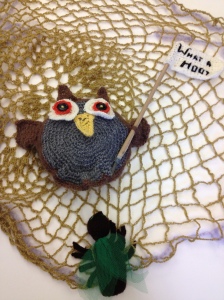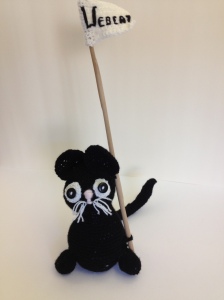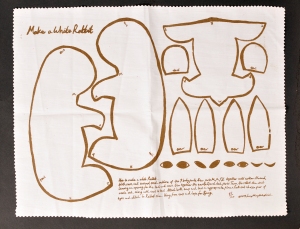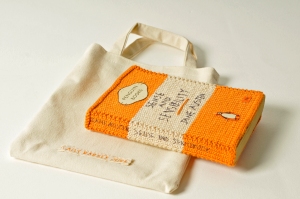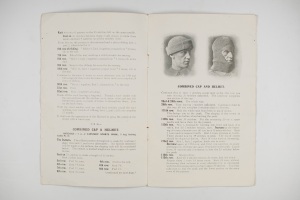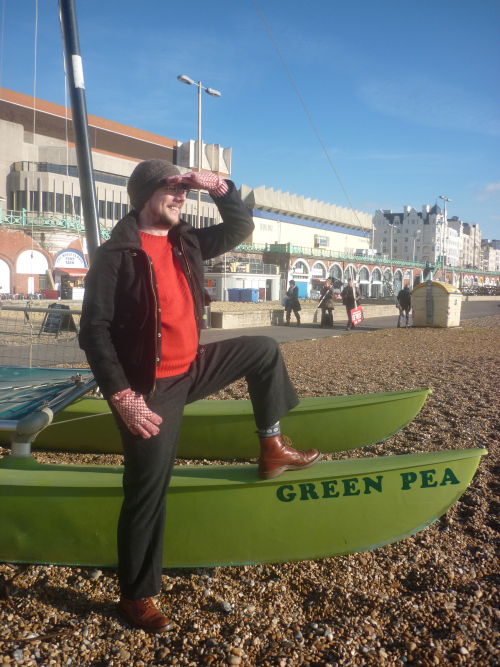
Image – Tom Van Deijnen wearing his own making, I think socks, gloves and trousers.
I met up with Tom Van Deijnen late last year at MADE in Brighton to interview him following his very good paper given at In the loop 3: the voices of knitting. He had spoken about his “Curiosity Cabinet of Knitting Stitches” which received thunderous applause from the delegates. Tom has visited the Knitting Reference Library located at Winchester School of Art a few times. He has always found much to interest him as a knitter. So I decided to find out more about him.
The pleasure of making
Of course his mum is a really good knitter, she can famously knit, watch tv and do a crossword all at the same time! Tom remembers choosing the colours for a polo neck Fair Isle type jumper she knitted him when he was about twelve. However she did not teach him to knit. He learnt at primary school where he knitted a tiny cable scarf for his teddy bear, with the not unusual beginners problem of too tight tension. He told me he has always liked making and that he just can’t stop it. This is perhaps one of the reasons that knitting and sewing have made a notable comeback. “The pleasure and meaning of making” by Ellen Dissanayake from American Craft, vol.52, no.2, pages 40-45, published in 1995 is an interesting article on this subject. She discusses the centrality of making in everyday life.
Tom now knits for his mum.
![mssconefir[1]](https://intheloopsoton.files.wordpress.com/2013/01/mssconefir1.jpg?w=500&h=666)
Image – a very beautiful scarf knitted by Tom for his mother
Early projects
Although Tom took a different path through school he continued making and seriously returned to knitting in his early thirties. Seeing a Paul Smith scarf he coveted he decided to knit his own version using Rowan felted tweed in russet-brown. Running out of wool near completion led to an improvisation with a purple stripe and tassels.
A tank top followed using a Sirdar pattern which proved too prescriptive stifling this makers own creativity. At this point he turned to the books of Elizabeth Zimmerman describing her as “the knitter’s companion”. Her emphasis on construction, pattern elements and stitches proved a good fit. Consequently a key tip from Tom is “always knit a swatch”.
Sanquhar gloves
The first pair of plain knitted gloves were for a Christmas present. These were from a recipe which Tom says gives guidance rather than strict instructions. Having enjoyed this challenge Tom moved onto the complexities of knitting Sanquhar gloves spotted on Ravelry. He used the written pattern with no charts from the Scottish Women’s Rural Institute http://www.swri.org.uk Tom has told me he has an interest in mathematics which I have noted many knitters share. Amongst them my knitting friends Deryn Relph http://www.derynrelph.co.uk and Sarah Elwick http://www.sarahelwick.com The yarn first chosen for the gloves was discarded when he discovered Prick you Finger at Bethnal Green in London where he replaced it with Shetland Spindrift from Jamiesons of Shetland.
![princeofwales[1]](https://intheloopsoton.files.wordpress.com/2013/01/princeofwales1.jpg?w=500&h=570)
Image – Sanquhar gloves knitted recently by Tom for “Wovember”
The reading gloves
Prick your Finger http://www.prickyourfinger.com is described by Tom as a wool shop that would never belittle anyones work. It was here that his obsession with gloves reached a peak in his exhibition entitled “The Reading Gloves”. Developed as a knitting shop like no other by Rachael Mathews a founder member of the “Cast Off Knitting Club for boys and girls” the shop window was a fitting location for Tom’s knitted literary gloves. He had begun with a pair based on a Mary Thomas recipe and gave them the title of “Lady Chatterley”. Of course “Mellors” followed, also “Anna Karenina” and “Dorian Gray”.
Curiosity Cabinet of Knitting Stitches
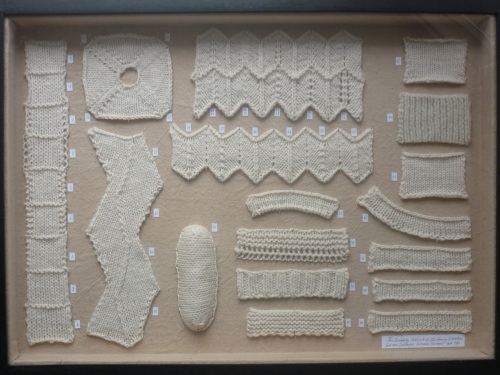
Image – from the Curiosity Cabinet
This project has been based on Tom’s reasearch into knitting stitches and has recently been completed. It will be having a first showing very soon at Prick Your Finger from Friday, 15 February 2013. A reclamation of forgotten stitches and techniques is presented as an homage to the curiosity cabinets of past collectors often seen in our national museums.
Knitters and their books: visits to the Knitting Reference Library.

Image – The Knitting Reference Library
Tom has been a welcome supporter of our work with the Knitting Reference Library. Consistently posting information about his visits and the resources he has come across. His interests are wide-ranging but often come to rest on the unusual and unexpected. The earliest printed books commence with the Victorian knitting manuals donated by Richard Rutt dating from the 1830s. One of Tom’s prefered periods is the early to mid-twentieth century which he describes as refined and sophisticated. There are also many classics from Mary Thomas through the decades to present day authors. I think Tom should join them some time.
New Projects
The challenge of learning to spin is next with advice from a friend Felicity Ford alias Felix http://www.thedomesticsoundscape.com A lovely hand-made spindle had arrived in the post and Felix was sending Wenslydale and Jacob fleece. There are also “bursiforms” knitted in the round to explore soon for this super knitting geek.
![hsspindleist[1]](https://intheloopsoton.files.wordpress.com/2013/01/hsspindleist1.jpg?w=500&h=375)
Image – the new spindle
All images courtesy of Tom except for the Knitting Reference Library image from Linda Newington. You can read all about Tom at http://www.tomofholland.com His blog includes all the knitting projects mentioned and new work, there is darning too. Do take a look, visit Prick Your Finger and us too at the Knitting Reference Library http://www.soton.ac.uk/intheloop
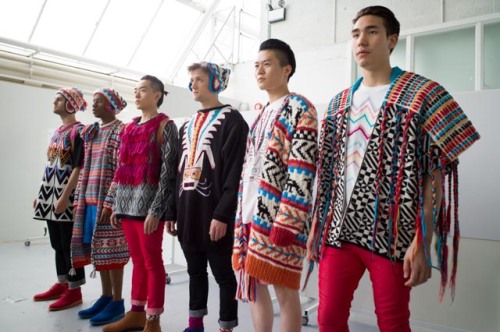
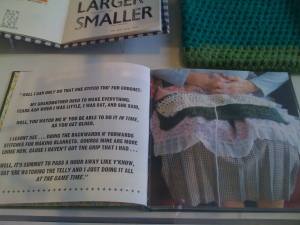
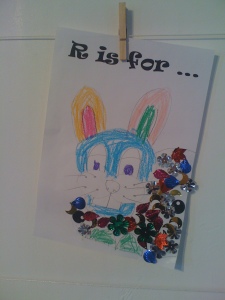


![mssconefir[1]](https://intheloopsoton.files.wordpress.com/2013/01/mssconefir1.jpg?w=500&h=666)
![princeofwales[1]](https://intheloopsoton.files.wordpress.com/2013/01/princeofwales1.jpg?w=500&h=570)


![hsspindleist[1]](https://intheloopsoton.files.wordpress.com/2013/01/hsspindleist1.jpg?w=500&h=375)
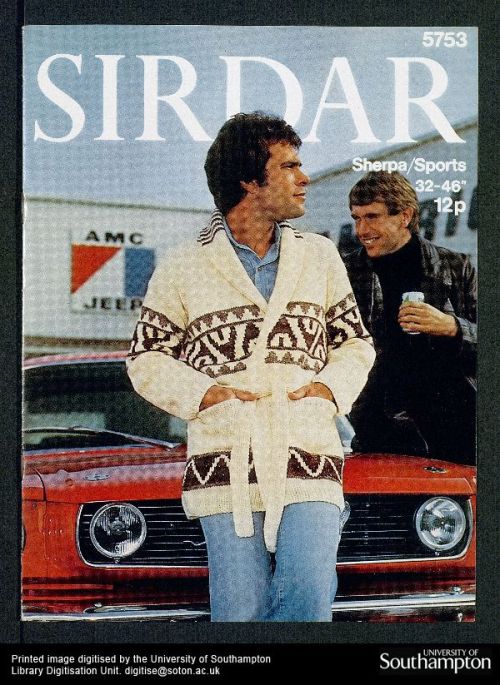
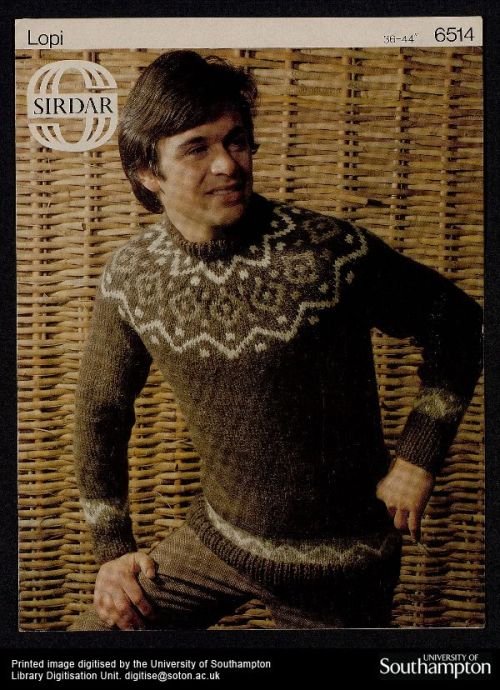
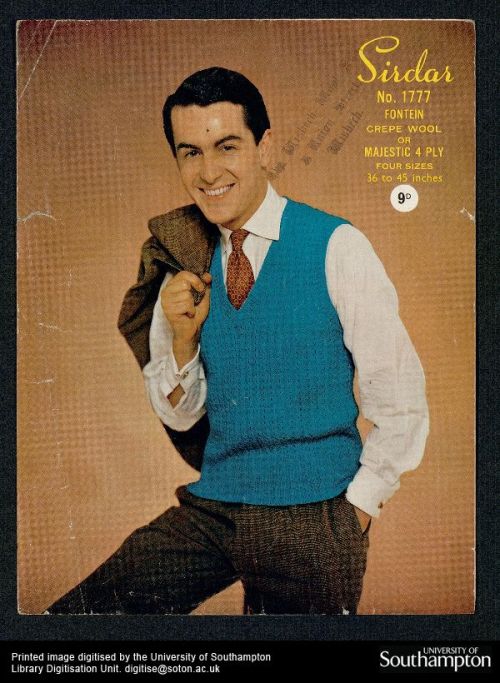
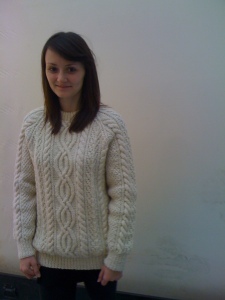
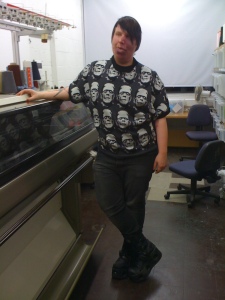
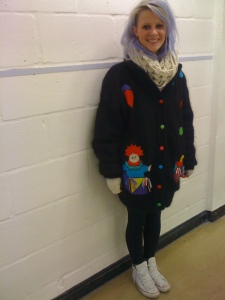
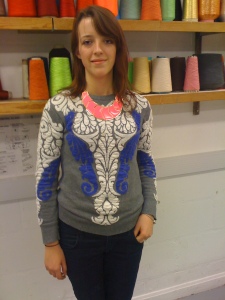
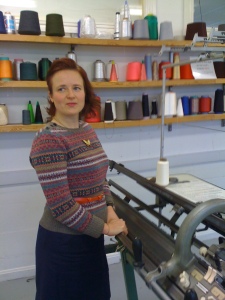

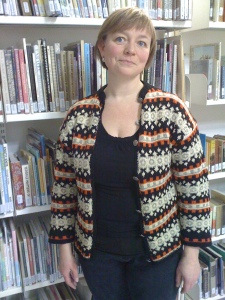

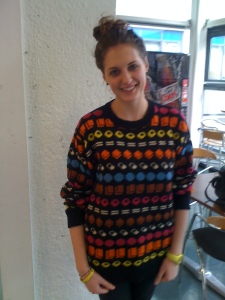
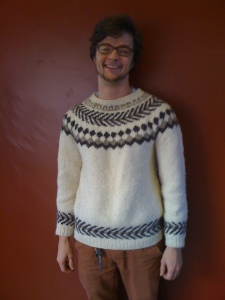
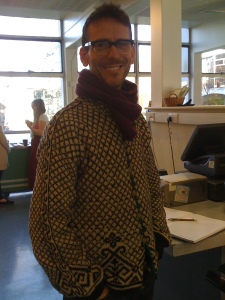
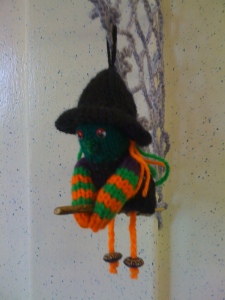
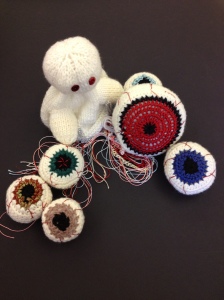
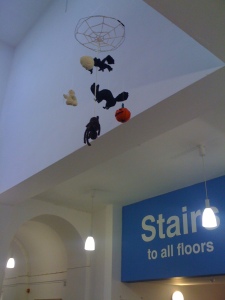
![IMG_1922[1]](https://intheloopsoton.files.wordpress.com/2012/11/img_19221.jpg?w=225&h=300)
